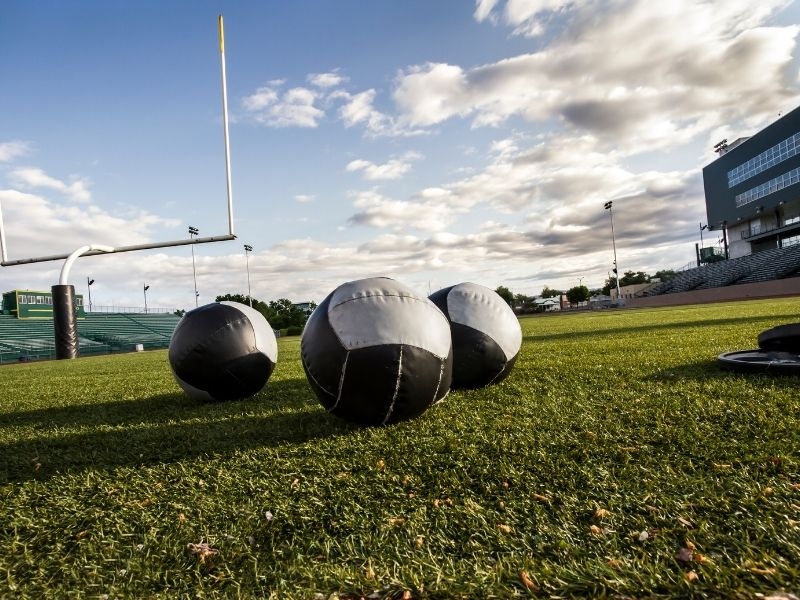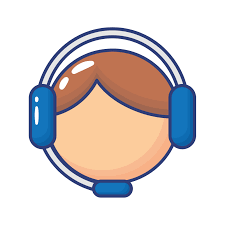What is it about the medicine ball that makes it so popular among athletes?
A variety of alternative names for this ball include the exercise ball, gymnastic balls (also known as stability balls), fitness balls (also known as fit balls)
, therapy balls (also known as balancing balls), medicinal balls (also known as medicine balls), and balance balls. Exercises with this ball are referred to by a variety of titles, including exercise ball exercises, fitnessball exercises, fitnessball workouts, medicine ball exercises, and so on. Exercises with this ball are also referred to as medicine ball exercises. Because of its size and weight, the medicine ball is an excellent piece of workout equipment for people of all ages and fitness levels to use. A variety of weights and sizes are available, making medicine balls suitable for people of all ages and fitness levels.
The medicine ball is used to improve several types of strength, such as eccentric strength and concentric strength, among other things. When tossing a medicine ball, pushing a medicine ball, or pressing a medicine ball, you must employ concentrated strength to do so. Eccentric strength is utilized to catch and slow down the movement of a medicine ball.
Medicine ball drills that are more general in nature help to build strength and power throughout the entire torso, preparing you to employ more specific medicine ball drills down the road. Similarly, bench-press strength increased by 23% for weight-trained athletes, but only by 9% for medicine-ball tossers, despite the fact that both groups improved.
Weight training found to be considerably superior to medicine ball workouts in terms of bench-press strength and throwing speed, as well as in terms of overall performance. Weight-trained athletes improved their baseball throwing velocity by 4.1 percent, whereas medicine-ball players improved their throwing velocity by a statistically insignificant 1.6 percent. Individuals in the control group did not fare any better in their throwing.
Many weight-training groups meet twice a week and perform exercises such as the barbell bench press and barbell pullovers to burn calories. Weight-trainers did three sets of eight-to-ten repetitions maximum movements per workout for both the bench presses and barbell pullovers during the first four weeks of the experiment (in other words, they used weights that could be lifted only eight to 10 times per set). Utilize three sets of six-to-eight repetitions maximum (RM) for each exercise during the final four weeks. All of the weights were hoisted in a calm, controlled way rather than with explosive force. During the eight-week period, athletes who used medicine balls, weighted training, and control training all participated in their usual baseball routines. A total of eight weeks later, all of the participants were assessed for their maximum baseball throwing velocity and bench-press strength, respectively.
When you use this explosive medicine-ball workout to engage your II-B fibers, you'll notice significant gains in strength, size, and speed. The medicine ball will assist you in developing a workout regimen that stresses not only strength, but also explosive power, core stability, and split-second reaction times.










 And then Add to Home Screen.
And then Add to Home Screen.